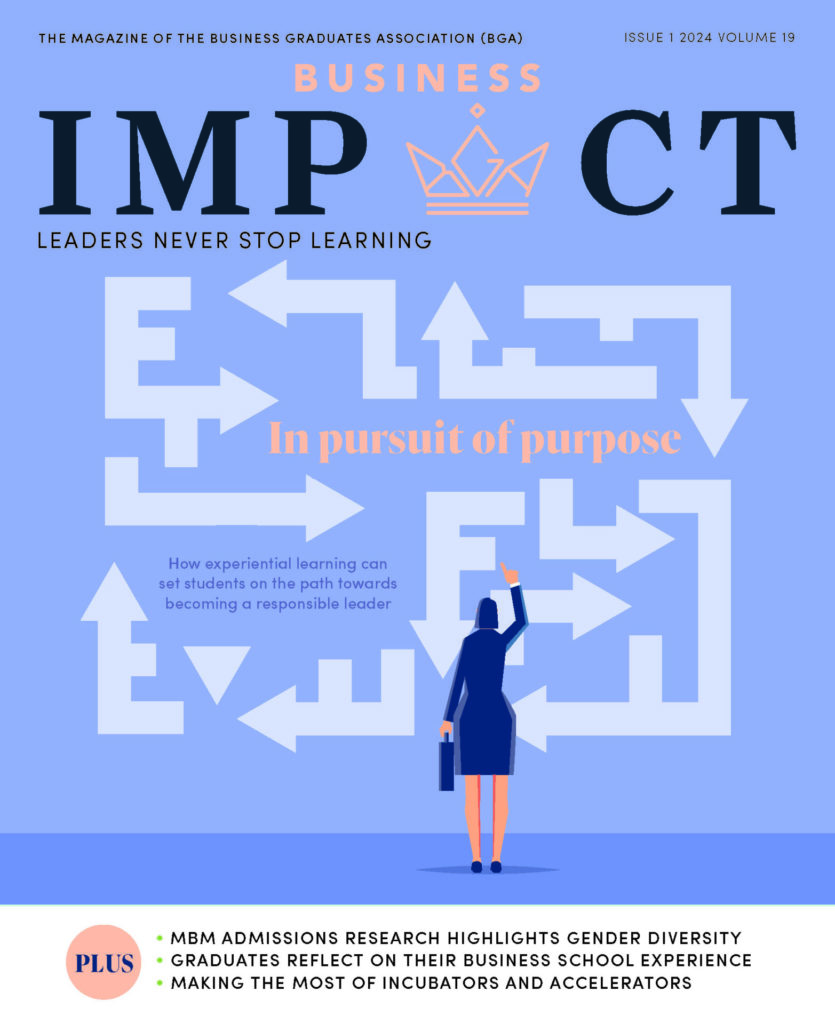Every human being on the planet possesses an abundance of creativity, adaptability and inspiration, so it stands to reason that when we come together in these communities that we call ‘companies’ there should be a multiplier effect.
Yet our collective effort usually only produces a deficit of these characteristics. Our organisations typically suffer from little to no creativity. In fact, the focus on innovation has been cut in half in recent years according to a McKinsey study of more than 200 global companies. I doubt that this claim has shocked you as we intuitively know this to be true, but why is this the case?
Primarily, we are burdened by underlying assumptions of how we are supposed to organise work, assumptions that, for the most part, originated 150 years ago at least, at the dawn of the industrial revolution. We can uncover better solutions to fill the deep craters in our corporate spirit with the creative, fluid and humanistic approaches of artists and innovators, rather than to rely solely on those of management engineers.
Looking further afield
At the same time, agility – the ability to pivot, invent and reinvent – has never been more important in a world where change occurs at a scale and pace that can leave us breathless. Our ability to keep up is a key leadership capability today. Of course, one industry has always been creative and ever-evolving, and that’s the arts. Might we be able to apply its leadership lessons to other industries to unlock further human capability? I believe that we can. My belief derives from a professional lifetime advising corporations on their creative leadership that, in turn, has been informed by my professional background in theatre, business and academia. I have master’s degrees in both business administration and in fine arts, have worked in the creative and management functions of arts organisations and am a faculty member in world-class business schools.
If we’re open to them, I’m confident we may derive lessons from the arts and import them into all those areas of business where the industrial age has not, and will not, provide the full solutions. This includes how we lead and manage teams, ideate, innovate, adapt, plan and organise. In so doing, rather than finding answers in the discipline of scientific management as perfected by Henry Ford and Frederick Winslow Taylor, we will look to renaissance thinking.
Our dialogue will integrate artistic and technological insights from modern-day creative leaders who are continuing the legacies of Leonardo da Vinci and Lorenzo de’ Medici, when the Medici patronage of Florentine art and science coalesced in brilliant invention that integrated philosophy, anatomy, engineering and aesthetic. This historical interchange between commerce and the arts brought many benefits to Florentines, including the development of the modern banking system “in parallel with the most important artistic flowering in the history of the western world.”
A balancing act
But one of the most pernicious of our obstacles to usher in a new Renaissance is what we understand to be the very purpose of management. Look in any thesaurus in almost any language on the planet and the first synonym you’ll find for the verb ‘to manage’ is ‘to control’ (thank you to Gary Hamel of London Business School for identifying this). Our philosophy of management is predicated on absolute control, driving efficiency in and variance out. I’m not saying we don’t require some degree of control in our companies. If we had no control, we would have chaos. But can we say that there is any balance whatsoever between control on one side of the spectrum and innovation, agency and adaptability on the other?
So what is the right balance? If we give our people one hour a week to create or collaborate to solve our most intractable problems, is that sufficient to drive innovation into the warp and weft of our corporate fabric? I hope you’d agree that it is not. The question is: if our people had, say, 20 per cent of their time to explore great ideas and talk to customers outside the office walls, brainstorm new solutions to problems they haven’t managed to solve for years, identify new ways of working that would be more exciting and inspirational, what would be the impact on our organisational life? How would the concept of ‘work’ change? What would be the new dominant image when we hear the word “work”?
In every conference at which I speak, with every corporate client with whom I consult, I hear that we need to achieve a greater balance between the art and the science of work, particularly when the conversation turns to innovation. But we feel stuck, unable to make the changes we know we must. A Boston Consulting Group study asked CEOs where innovation ranked as a strategic priority. Although, in response, 79 per cent said it was a top-three priority, you have to wonder why that number wasn’t 100 per cent since you could argue that innovation is the only protection for remaining relevant.
A new renaissance
Innovation is not an advantage; it is the advantage. However, a McKinsey study reported that 94 per cent of employees believe their organisation is ineffective at innovation. I’m not sure that there is a bigger gap in our companies between how critical CEOs think something is and perceptions over how bad we are at it. In other words, the gap between what we know we need to do and what we actually do.
A significant factor behind this knowing-doing gap is that we’ve been trained as leaders since the beginning of the industrial age to push out those very human qualities that would better enable our organisations to navigate these turbulent waters: inspiration, innovation, adaptability, empowerment and curiosity. While business has worked very hard to drive these qualities out with its incessant preference to value only those merits which can be acutely measured, the arts have always toiled to drive them in.
Yet the reason I am optimistic today is that we are living in one of those inflection points of history. Scientific management has made many executives and investors very wealthy, but it has had its day in the sun. We now require a new renaissance; a new flowering of interchange between the arts and business whereby we recreate work around human fulfilment.
In the privileged position of a consultant and educator to executives, I hear from leaders all around the world who are feeling an unprecedented pressure to reinvent how they lead, learn, operate, structure, incentivise, hire, promote and communicate. Business must reflect the needs of its employees, customers and society in better ways than those we have experienced. If the leadership of the corporate estate requires reimagining, then the new solutions will come less from the science of management and more from the art of management.
Find out more in the second of this two-part series on Business Impact.








